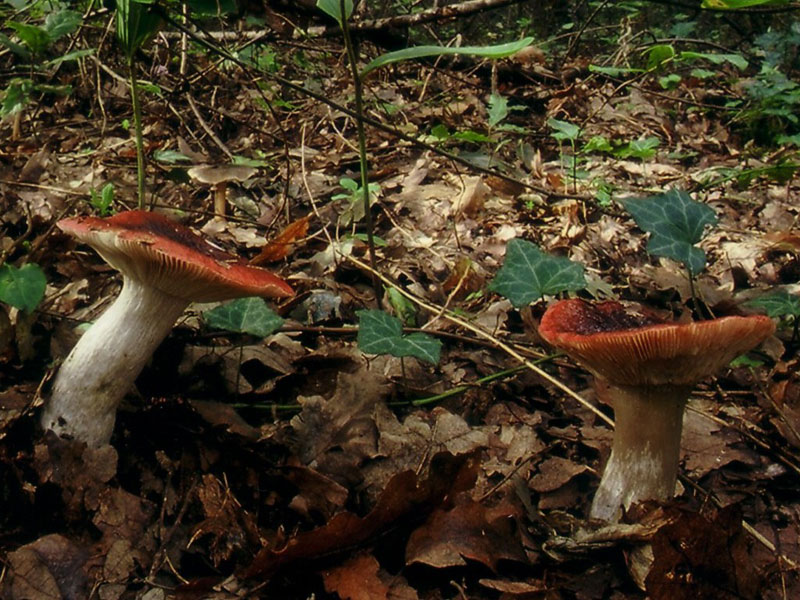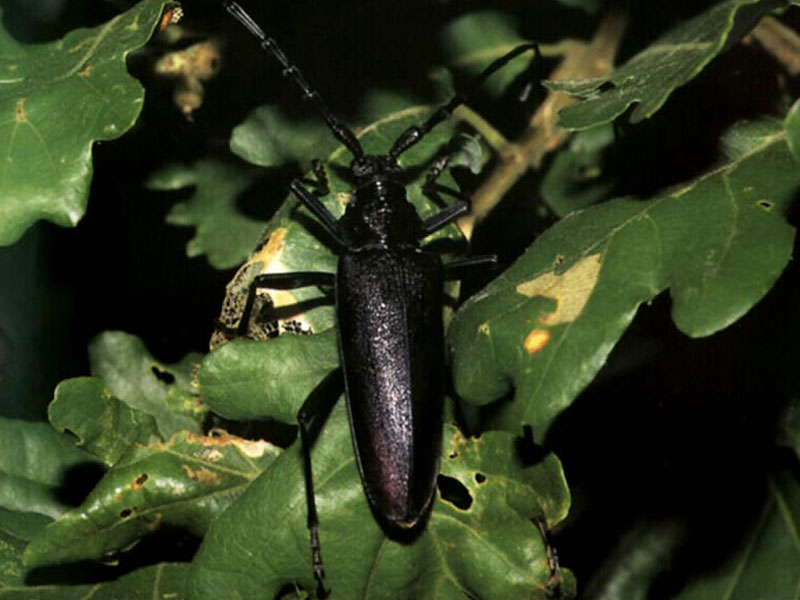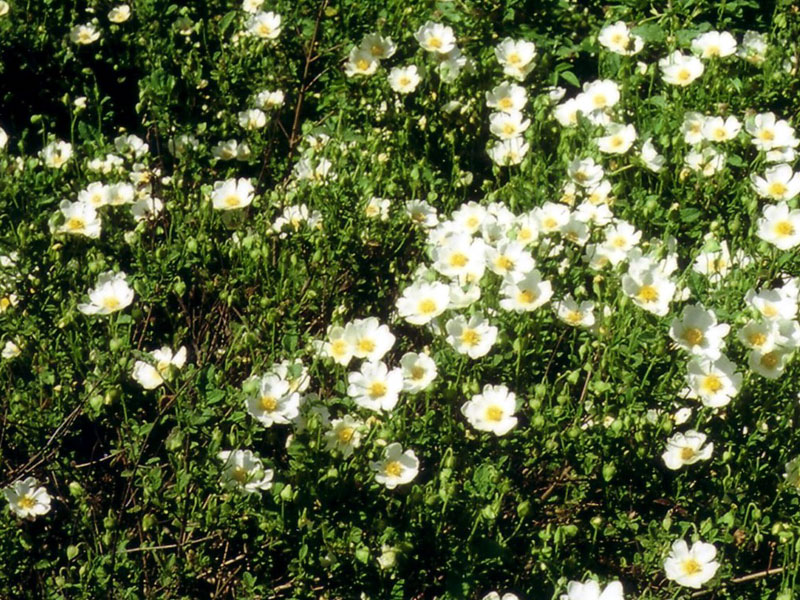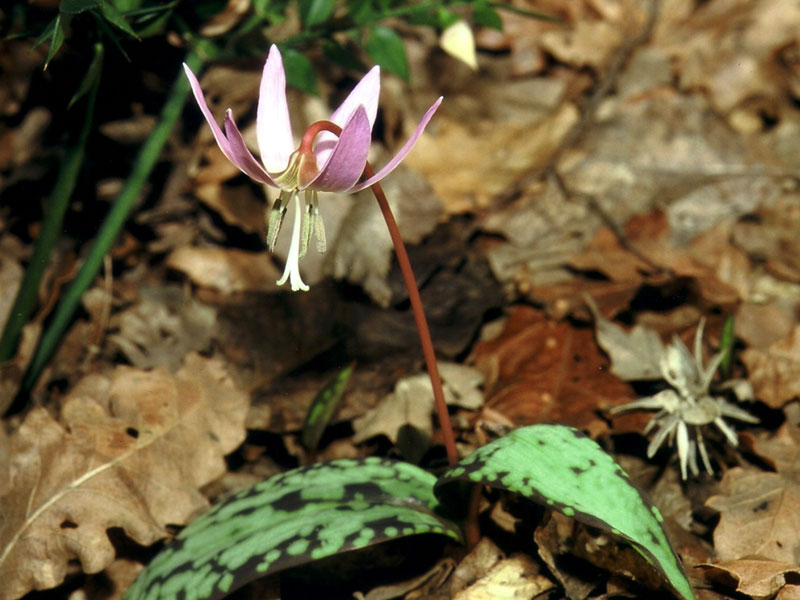Protected Area
Identity Card
- Land Surface Area: 28.90 ha
- Lower altitude (m): 75
- Higher altitude (m): 123
- Regions: Emilia Romagna
- Provinces: Forlì-Cesena
- Municipalities: Meldola
- Establishment Measures: DCR 342 29/01/1991
- PA Official List: EUAP0257
- Park Authority: Ente di gestione per i Parchi e la Biodiversità - Romagna
Geomorphology
The Terraces of Bidente
The Reserve extends itself along a strip of land at the foot of a hilly area, at about 100 m of altitude, and is morphologically characterized by the development of large alluvial terraces originating from the Quaternary dynamics of the river Bidente.
Fauna
Mammals and Birds
The data of the researches carried out by Pietro Zangheri are an evidence of the considerable wildlife richness of Scardavilla, which has been partially confirmed by recent surveys. As a matter of fact, the ancient wood and the shrub formations have enabled the survival of species which are today linked to biotopes of limited size, and at the same time have attracted a differentiated fauna finding in the protected area shelter and places for the reproduction: this fauna scatters afterwards again in the adjacent environments.
Amphibians, Reptiles, and Invertebrates
Amphibians find shelter above all in the cool environment of the undergrowth: in the wettest parts of the oak wood there are the Common Toad, the small and multicolored Green Toad, and the Agile Frog. Common European Frogs are more usual along the shores of the ponds and of the watercourses, where they are disturbed by the Grass Snake.
Flora and Vegetation
The Oak Wood
The wood of Scardavilla is a mixed oak wood of about 7 hectares in which the most widespread species is the Turkey Oak, together with Sessile Oak and Downy Oak, and rarely English Oak. Besides oaks, there are also other arboreal species, generally concentrating in the lower part of the wood: several Medlars and Wild Service Trees, but also Field Maples, Elms, Flowering Ashes, and Service Trees.
Rarities and Floristic Peculiarities
The great floristic richness of the wood of Scardavilla is given to the geographical position of the area, and more in general, of Romagna (situated at the edge between the Middleeuropean and the Mediterranean bioclimatic areas) and to the past climatic events characterizing these places, which led to the succession of various vegetal landscapes.









